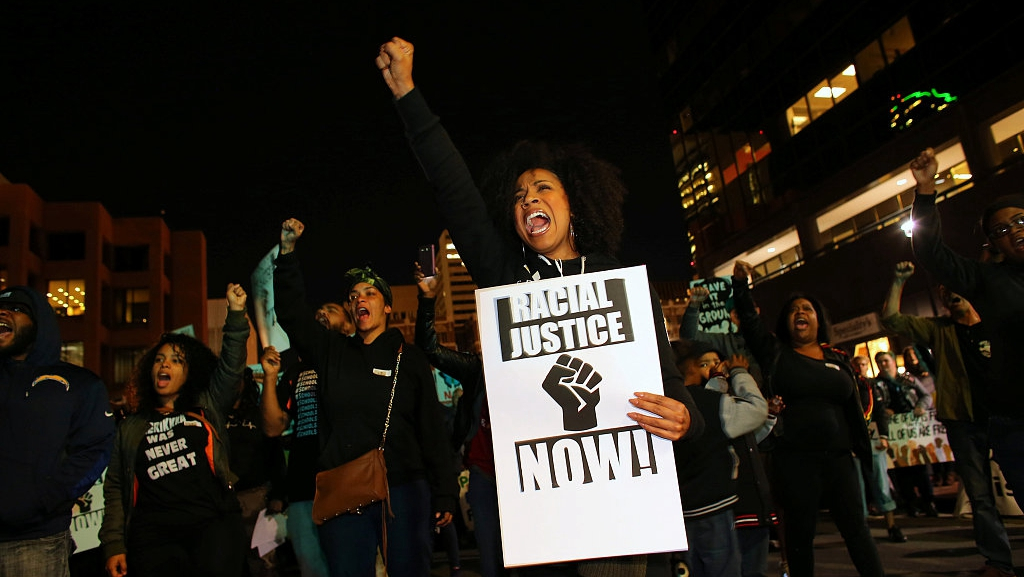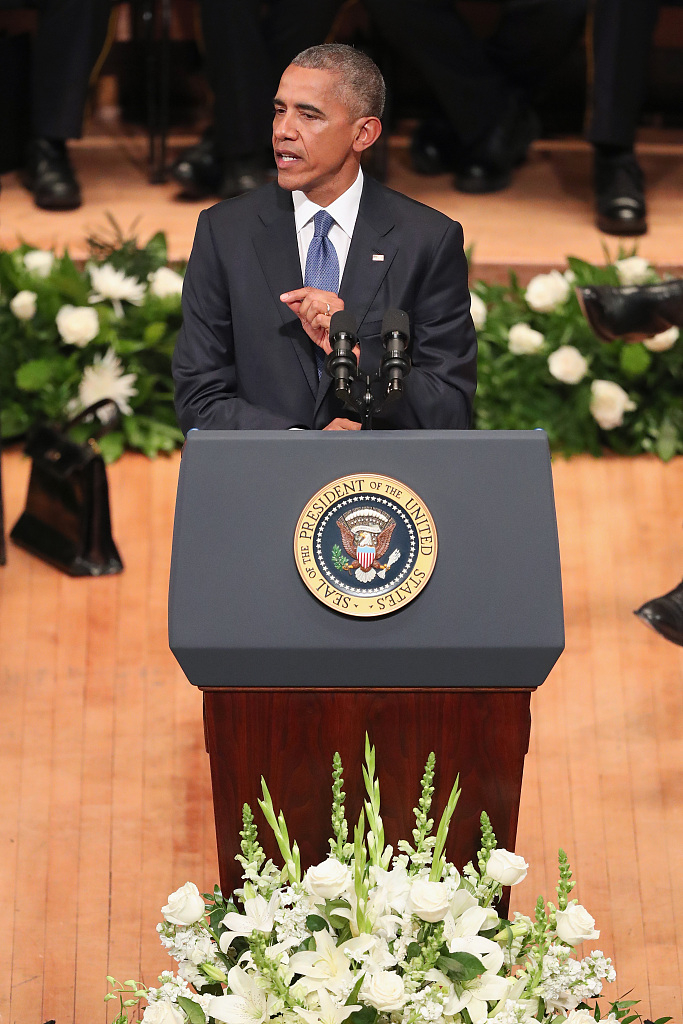
A month ago, a U.S. political news website noted that the leading white candidates in the Democratic presidential primary combined have nearly four times as much cash on hand as all five non-white candidates.
"While the Democratic Party and the country are having real conversations about race and gender in politics, the numbers don't lie – it's still challenging for non-white candidates to raise the money they need to be viewed as viable contenders," the report by Axios said.
That should surprise no one aware of the history of racial inequality in the United States.
The divide, which manifests itself in myriad ways, is the subject of a new video "How America Created Its Shameful Wealth Gap" by Inequality Media, a co-creation of Robert Reich, Bill Clinton's first labor secretary, and Liberation in a Generation, a new racial and economic justice organization whose co-executive director Solana Rice is the presenter.
It should be required viewing for the candidates.
In the video, Rice challenges viewers to press the presidential contenders to state how they are going to upend racial inequality as she laid out the history of this terrible blot on American society.
"For people of color in the U.S., the root of our financial insecurities stems from institutional racism and white supremacy that has existed since the founding of this country," she asserts.
Discredited redlining
One key area in which the disparity is evident is homeownership, a symbol of wealth among middle-class Americans.
"Starting in the 1930s, black people in this country were systematically denied the opportunity to purchase homes because of a racist scheme called redlining," Rice says. "A majority of black and brown neighborhoods were literally colored in red and shut out of home loans."

Barack Obama could do little about the racial wealth gap as president. /VCG Photo
Barack Obama could do little about the racial wealth gap as president. /VCG Photo
Today, she points out, 60 percent of those redline communities remain low-income minority neighborhoods.
The upshot is that for every 100 U.S. dollars in white family wealth, it's estimated that black families hold a measly 5.04 cents.
Everywhere they look, blacks may feel the system is against them when it comes to wealth building. Serious barriers include well-documented persistent discrimination not only in housing but in employment and other areas, poverty, and a lack of social connections.
It doesn't help that the American states in which black residents are concentrated are well below the national averages in economic opportunity, jobs, healthcare access and public health.
From early they are exposed to poor school systems in the areas in which they live, hampering their prospects of graduating from high school and attending college. In 2017, only 24 percent of the black population over the age of 25 held an undergraduate degree or higher – 10 percentage points lower than the comparable white population.
And new black graduates are more likely to need to support their families, hindering individual wealth-creation opportunities early in their careers.
The high rate of incarceration of "people of color" is another factor. They make up 67 percent of the prison population despite being only 37 percent of the U.S. population: "Another profit-driven predatory system that strips savings and earnings from people of color," says Rice.

If the gap between black and white families were closed, the U.S. would add an additional 4% to 6% to its GDP by 2028, says the McKinsey report. /VCG Photo
If the gap between black and white families were closed, the U.S. would add an additional 4% to 6% to its GDP by 2028, says the McKinsey report. /VCG Photo
Even disregarding earnings lost during imprisonment, incarceration can reduce an individual's annual income by as much as 40 percent, according to a report released in August this year by management consulting firm McKinsey & Company. Add to that fines, bail bonds and other costs arising from contact with the criminal justice system.
Blacks are also far less likely to have a credit score and therefore find it harder to access personal financial products and services. The list goes on and on.
The racial wealth gap appears to have widened under President Donald Trump, aided by the much-touted 1.5 trillion dollars in Republican tax cuts passed in 2017.
Losses of $1.5 trillion
A joint analysis published a year ago by the Institute on Taxation and Economic Policy, a liberal think tank, and Prosperity Now, a non-profit dedicated to helping low-income Americans attain wealth and financial stability, estimated that on average, white households will receive 2,020 dollars in tax cuts, while Latino households will receive 970 dollars and black households receive 840 dollars.
"... Congress not only chose to grow the economic gap between rich and everyone else, but also between white households and households of color, thus further perpetuating a long history of systemic racism that undergirds government policies and American society at large," the two organizations said at the time.
In truth, the gulf was rising even before Trump entered the White House.
The wealth gap between black and white families grew from about 100,000 dollars in 1992 to 154,000 dollars in 2016, the McKinsey report says, "in part because white families gained significantly more wealth (with the median increasing by $54,000), while median wealth for black families did not grow at all in real terms over that period."
The authors then proceed to set out the potential economic impact of the gap on the nation as a whole, estimating that it will cost the economy between 1 trillion and 1.5 trillion dollars between 2019 and 2028.
The whole situation is a national scandal and ought to be treated as a political priority but that's unlikely to happen, election year or no election year.
(Cover Photo: Demonstrators at a "Fight for $15" wage protest are joined by social justice and Black Lives Matter activists at a rally in downtown San Diego, California, November 29, 2016. /VCG Photo)